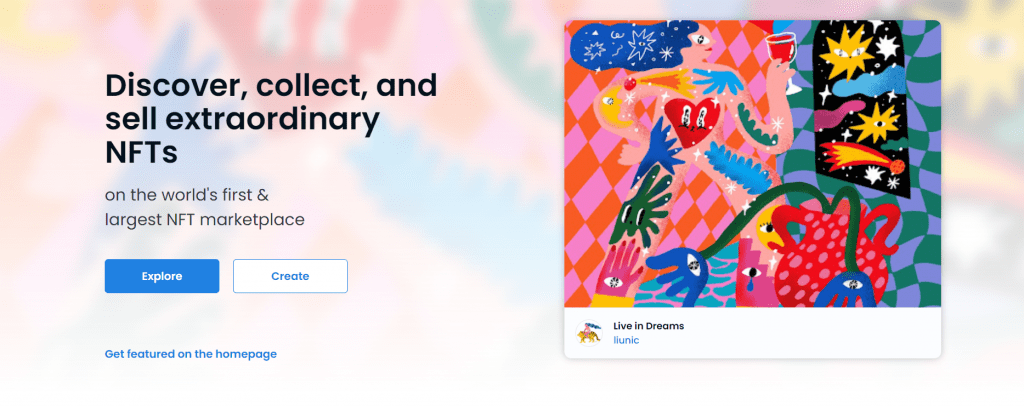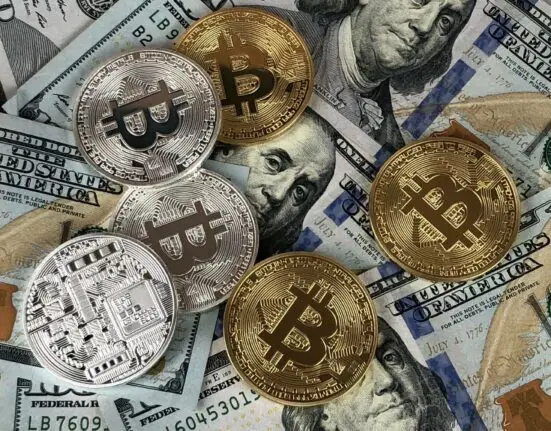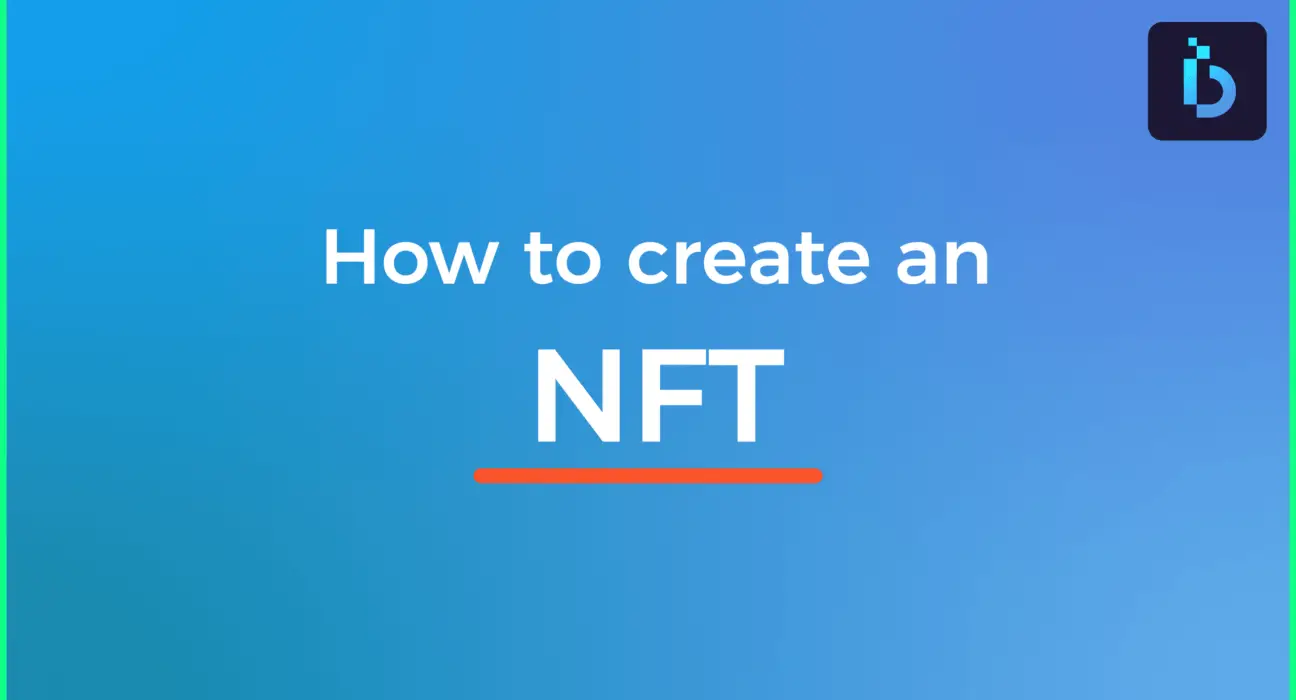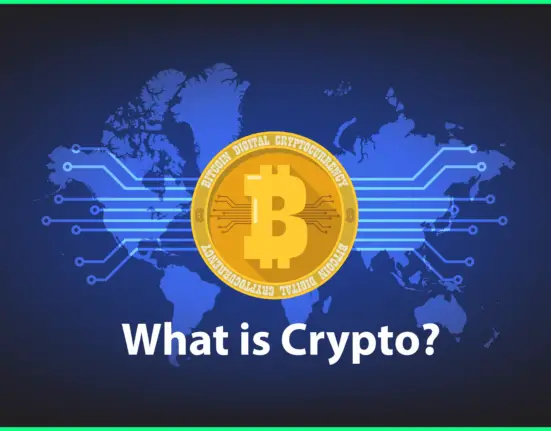The term “NFT” has been circulating the internet for a while for a good reason. It is the key to representing ownership of a variety of real-world items.
Think of it as an umbrella that covers items like video clips, art, music, photos, audio, and so much more, but let’s not get ahead of ourselves here.
First, we need to get the basics of what an NFT is and how it works before we even talk about how to create it. Even if you already have a good idea, a little reminder wouldn’t hurt. Stick around and learn from this thoroughly detailed guide on how to create an NFT.
What is an NFT?
An NFT stands for Non-Fungible Token. It’s a broad term that sums up a wide range of reproducible items, but let’s just say that it is a unique digital asset that can look like many things. Non-fungible as a word means that a thing is unique, and thus cannot be replaced with any other thing. Things like bitcoin that can be traded to get another identical coin are called fungible. This distinction between fungible and non-fungible is the foundation of truly understanding what an NFT is.
It can be represented as anything from a super cool artwork, a game, or even a song. The thing about NFTs is that they are a special kind of digital asset. Just like any other kind of digital asset, they can be bought and sold. The truth is that the definition of NFTs keeps changing or at least expanding over time.
Until Jack sold his autographed tweet for a huge amount of money, nobody thought it would be possible to turn a tweet into an NFT. This means that almost anything can be an NFT as long as it is a digital asset that is unique. So yes, an NFT can be anything: art, music, audio, and even a tweet. After this brief introduction, it is expected that you now know what an NFT is, but what about the intricacies of how it works?
How do NFTs work?
If you’ve been paying attention to all that we’ve said in the introduction, you would have understood by now that NFTs are quite straightforward. Most NFTs work through the Ethereum blockchain. Ethereum, as you may already know, is a cryptocurrency that is quite popular. It is in the ranks of popular cryptocurrencies like Bitcoin and Dogecoin. What the Ethereum blockchain does is that it supports the NFTs to store information which will then differentiate them from a regular ETH coin.
It may also be worthy of note to add that the way NFTs are designed, gives the buyer an item that cannot be copied. In some cases, the artist or owner of the NFT might decide to withhold certain rights like copyright or reproduction rights. Still, it doesn’t matter if other copies are even made, as long as you get the original copy.
How to create an NFT
Now to the good stuff, now that we know how NFTs work, it only makes sense that you are most likely intrigued with the idea of unique NFT artworks and the likes. Who knows, for that reason, you might be dreaming of making yours. Whether your goal is to make some money from selling off NFTs or you simply want to try it out for the sake of it, we’ve got you. This guide will serve to inform you on the best way to create an NFT.
Step 1: Select the item you want to turn into an NFT
This is the first step in creating an NFT. Just like you already know by now, non-fungible tokens can be any digital file. So, you can choose a song, a video, a game, or a digital painting. Anything at all, as long as it can be recreated or reproduced as a multimedia file.
Step 2: Get your Ethereum
We have explained earlier how the blockchain supports the NFT; so, you need no introduction on why having Ethereum is important in the process of creating your NFT. The truth is you can use a host of other blockchains, but we advise that you choose the Ethereum blockchain to make the process that much easier. The Ethereum blockchain is the most outstanding in this aspect, so there’s no debate about it.
For this step, you need to have an Ethereum wallet. Minting an NFT is not cheap at all. You have to store Ethereum in the wallet using a free app on your smartphone. A good choice would be Metamask which would help you have a smooth setup process. The price of creating NFT changes with time, so there is no stable price set for that. Just in case, have enough ether so that you don’t get stranded along the line.
Step 3: Decide where you want to sell your NFT
Now that you have an Ethereum wallet with ether in it, it’s time for you to choose a marketplace where you can now go ahead to execute other steps like creating the NFT itself and listing it for sale. In case you have no idea where to start, try Rarible or OpenSea. These are good marketplaces for NFTs. Some cost a bit, while some others are free to join.
OpenSea is quite popular because there are no rigid restrictions to the number of NFTs you can list on the platform. This might sound like a dream to you, but if you think about it, it does have its disadvantages. Since anybody can list just about any NFT, the platform is usually choked with many NFTs that nobody wants to buy. Still, we encourage you to try these marketplaces and see for yourself.

Once you choose a platform, the next thing you do is create a profile. It is quite easy to set up. All you have to do is click on the icon that prompts you to create an NFT, create your collection, fill in the required information, and you are good to go. You’ll see a couple of other icons prompting you to sell as well. You get to decide whether you want to accept the Ethereum tokens you want as a form of payment for your NFT.
Step 4: Sell, sell, sell!
We should say congratulations to you because if you followed these steps. By now, you should have been able to have successfully created your first NFT. With skill and a little bit of luck, you should be able to make a good profit selling your NFTs. Even if you don’t sell any, hey, look on the bright side, you will be able to confidently say, “look at me, I know how to create an NFT”.
NFTs are very important, and they are changing our perspectives on how we view ownership of digital assets. Before we wrap up, we decided to create a list of why you should care about NFTs.
Why should you care about NFTs?
They are exceptionally unique.
Every single NFT has a piece of information that separates it from others and makes it distinct. Any NFT that is sold can be verified to detect whether or not it is original. This is a good thing because it means the works of any artist using NFTS are protected since it reduces the rate at which works are duplicated and faked.
They make it quite easy for people who are into collections of different types of works.
People who are into collectables of sentimental items will find it easy to jump on the train of NFTs because ether makes it very easy to collect artworks. This way, you have the advantage of having an original artwork or collectable without the disadvantage of the bulkiness or space consumption that it comes with.
You should care because they are becoming increasingly popular
NFTs are all the rage right now, and we do not expect this to change anytime soon. We know that very soon, more people will choose to carry their art or tickets around in the form of NFTs instead of using physical tickets and art that consumes space.
You have to admit that we are in an increasingly digital world. Everything is changing, and to thrive on this planet, you must move with the trend. Creating and selling your own NFTs shouldn’t be difficult for you now that you have a thorough guide to help you get started. There are many things you stand to gain from creating your NFT, so maybe you should start right now.
Wrap Up
It’s interesting to see what NFTs are capable of and how much one can do with them. It’s even more amazing when you begin to comprehend how enormous the possibilities are for the world of NFTs and its users all over the world.
People are beginning to reimagine a world where you can sell your tweets and create unique non-fungible artwork, and we won’t lie when we say we are pleased with this!










